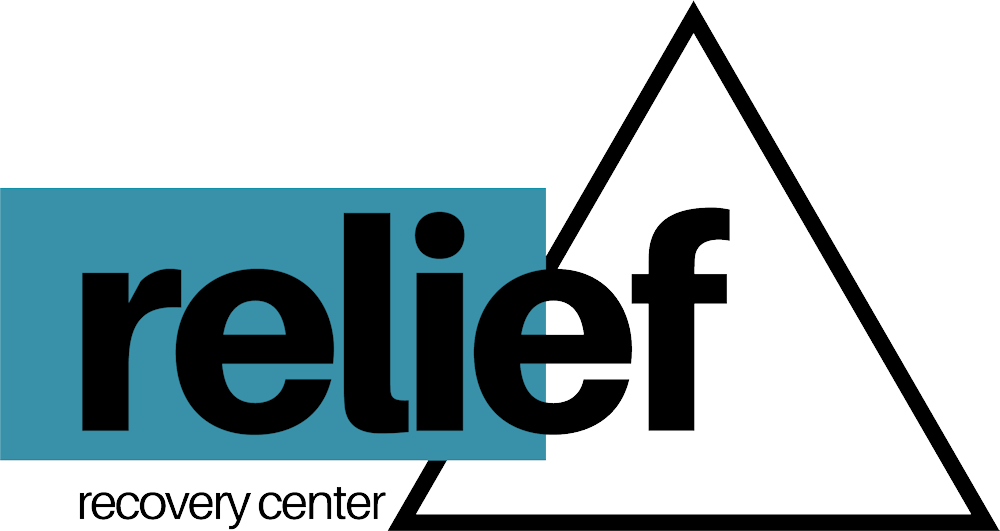In 2023, the landscape of substance use disorders (SUDs) continues to evolve. It is presenting new challenges and opportunities in treatment and prevention. As we navigate through a year marked by significant developments in the field of addiction and recovery, it is crucial to stay abreast of the latest trends and advancements. From the ongoing opioid crisis, intensified by the proliferation of fentanyl, to the rise of polysubstance abuse and the increasing recognition of co-occurring mental health conditions, the complexities of substance use disorders are more pronounced than ever. This blog post delves into these key trends, offering insights into the current state of substance abuse and the innovative approaches shaping treatment strategies in 2023. Join us as we explore these critical issues, aiming to empower individuals, healthcare professionals, and communities in the journey towards effective and compassionate addiction recovery.
The Ongoing Opioid Crisis and the Impact of Fentanyl
The opioid crisis remains a predominant issue in substance abuse. There has been a significant shift towards the use of fentanyl, a powerful synthetic opioid. Fentanyl’s potency and often undetectable presence in various substances, including cocaine, methamphetamine, and counterfeit prescription pills, have led to a dramatic increase in overdose deaths. The Centers for Disease Control and Prevention (CDC) reports that opioids, particularly fentanyl, are the main drivers of drug overdose deaths, accounting for 82.3% of such incidents. This alarming trend underscores the need for heightened awareness and effective strategies to combat fentanyl’s impact on substance use disorders.
The Rise of Polysubstance Abuse
Polysubstance abuse, where multiple drugs are used in conjunction, is an increasing concern in the realm of substance use. This trend, involving the simultaneous use of substances like fentanyl and methamphetamine, presents unique challenges due to the unpredictable and often more severe effects of drug combinations. The Centers for Disease Control and Prevention (CDC) reports that over half of all overdose deaths involve multiple substances, highlighting the dangerous nature of this trend. Understanding and addressing polysubstance abuse is crucial, as it complicates treatment approaches and increases the risk of overdose and other adverse health outcomes.
Co-Occurring Mental Health Conditions
Increasingly, substance abuse is being linked to mental health disorders. Conditions like anxiety and mood disorders often co-occur with substance use, necessitating integrated treatment strategies. Recognizing these interconnections, addiction treatment centers are improving intake screenings. This approach ensures more effective treatment outcomes, as addressing both the substance use and the accompanying mental health condition simultaneously often yields better long-term results.
Trauma’s Impact on Substance Use
Understanding trauma’s role in substance abuse is increasingly recognized as a critical component of effective treatment strategies. This section explores how trauma contributes to substance use disorders and the importance of addressing it in recovery.
1. Recognizing Trauma as a Contributor Trauma, from childhood abuse to major life events, can be a significant factor leading to substance use. Identifying trauma-related triggers is crucial in developing effective treatment plans. Healthcare providers are now more equipped to recognize and address these underlying issues, enhancing the recovery process.
2. Trauma-Informed Care in Substance Abuse Treatment Trauma-informed care is an approach that recognizes the widespread impact of trauma and integrates this understanding into all aspects of treatment. This approach helps in creating a safe and supportive environment for recovery, acknowledging the complex interplay between trauma and addiction.
3. Integrating Trauma Therapy into Addiction Treatment Incorporating trauma-focused therapies, such as cognitive-behavioral therapy (CBT) and eye movement desensitization and reprocessing (EMDR), into addiction treatment plans is becoming more common. These therapies aim to help individuals process and cope with their traumatic experiences, reducing the likelihood of substance use as a coping mechanism.
Evolving Pain Management Strategies
Effective pain management is crucial in reducing reliance on prescription painkillers, a key factor in the substance use crisis. This section will explore emerging strategies in pain management.
Shifting Away from Prescription Painkillers
As awareness grows about the risks associated with opioid painkillers, there’s a shift towards alternative pain management methods. Clinicians are increasingly recommending non-pharmacological approaches to their patients.
Alternative Therapies Gaining Ground
Therapies like cognitive-behavioral therapy, relaxation training, and group therapy are proving effective in managing chronic pain. These methods address pain without the risks associated with long-term prescription drug use.
Integrating Holistic Approaches
Holistic approaches, including mindfulness and lifestyle modifications, are being integrated into pain management. These strategies not only address physical pain but also contribute to overall well-being, reducing the need for medication.
Prevention Strategies and Education
Effective prevention strategies are key to reducing the incidence of substance abuse. This section discusses the importance of education and policy in substance use prevention.
1. The Role of Education in Prevention Educating young people about the risks associated with prescription and non-prescription drugs is vital. Misconceptions about the safety of these drugs can lead to their misuse. Programs that inform about these dangers can play a crucial role in prevention.
2. Addressing Stress and Mental Health The link between stress, mental health issues, and substance use highlights the need for comprehensive wellness programs. Initiatives that include mental health days and stress management can help mitigate the risk of substance abuse.
3. Policy and Community Involvement Advocating for policy changes and community involvement in substance use prevention is crucial. Actions like reviewing mental health policies in educational institutions and workplaces can create environments less conducive to substance abuse.
Substance Use Treatment in 2023
In conclusion, the landscape of substance use and its treatment in 2023 is multifaceted. Faced with the challenges of the opioid crisis, polysubstance abuse, and the intertwining of mental health and trauma with addiction, our approaches must evolve. Integrated treatment strategies, acknowledging the complexity of these disorders, are essential. Progressively, we see a shift towards more holistic and personalized care. As we continue to enhance our understanding of these issues, the stigma surrounding addiction and mental health diminishes. Ultimately, this fosters a more informed, compassionate approach to recovery and prevention in our communities.



